

This comprehensive guide helps you understand the different types of lag bolts for wood and choose the best ones for your project. We'll cover material options, sizes, applications, and installation tips, ensuring you find the perfect lag bolts for wood for your needs. Learn how to select the right size and type of lag bolts for wood to ensure a strong and secure connection for your woodworking projects. We explore the key factors to consider when selecting a manufacturer of high-quality lag bolts for wood.
Lag bolts for wood, also known as lag screws, are heavy-duty fasteners used to join wood pieces together, often in applications requiring significant strength and holding power. Unlike other screws, lag bolts feature a large, coarse thread and a square or hexagonal head, which requires a wrench or socket for installation. This design makes them ideal for applications where extreme holding power is needed.
Lag bolts for wood are typically made from steel, often with a zinc or other corrosion-resistant coating. Stainless steel lag bolts for wood provide superior corrosion resistance, making them ideal for outdoor projects or environments with high humidity. The choice of material depends on the project's specific demands and the environment where the bolts will be used.
Lag bolts for wood are available in a wide range of sizes, typically specified by diameter and length. Larger diameter bolts are stronger and suitable for thicker pieces of wood or heavy-duty applications. The length should be chosen to ensure adequate penetration into the wood members being joined. Common applications include connecting beams, building decks, attaching heavy furniture to walls, and creating robust structural connections.
Selecting a reliable manufacturer is crucial to ensure the quality and performance of your lag bolts for wood. Consider factors such as the manufacturer's reputation, certifications, material quality control, and customer service. Reputable manufacturers will typically provide detailed specifications, testing data, and warranties on their products.
Look for manufacturers who adhere to strict quality control measures throughout the manufacturing process. Certifications, such as ISO 9001, demonstrate a commitment to quality management systems. Verifying these certifications can provide additional assurance of the quality of the lag bolts for wood.
Pre-drilling pilot holes is essential when installing lag bolts for wood, especially in hardwoods. This prevents wood splitting and ensures proper alignment. The pilot hole should be slightly smaller than the shank diameter of the bolt. A larger counterbore can be necessary to recess the bolt head.
Use a wrench or socket to tighten the lag bolt securely. Avoid over-tightening, which could strip the wood or damage the bolt. A snug fit ensures a strong, reliable connection.
| Manufacturer | Material Options | Size Range | Certifications | Warranty |
|---|---|---|---|---|
| Manufacturer A | Steel, Stainless Steel | 1/4 - 1 diameter, various lengths | ISO 9001 | 1 year |
| Manufacturer B | Steel, Zinc-plated Steel | 3/8 - 3/4 diameter, various lengths | None specified | None specified |
| Hebei Muyi Import&Export Trading Co.,Ltd | (Information needs to be added here from the manufacturer's website) | (Information needs to be added here from the manufacturer's website) | (Information needs to be added here from the manufacturer's website) | (Information needs to be added here from the manufacturer's website) |
Note: The information in the table above is for illustrative purposes only and may not reflect the actual offerings of each manufacturer. Please refer to individual manufacturer websites for the most accurate and up-to-date information.
Choosing the right lag bolts for wood and a reputable manufacturer ensures the success of your project. Remember to always prioritize safety and quality when working with these strong and dependable fasteners.
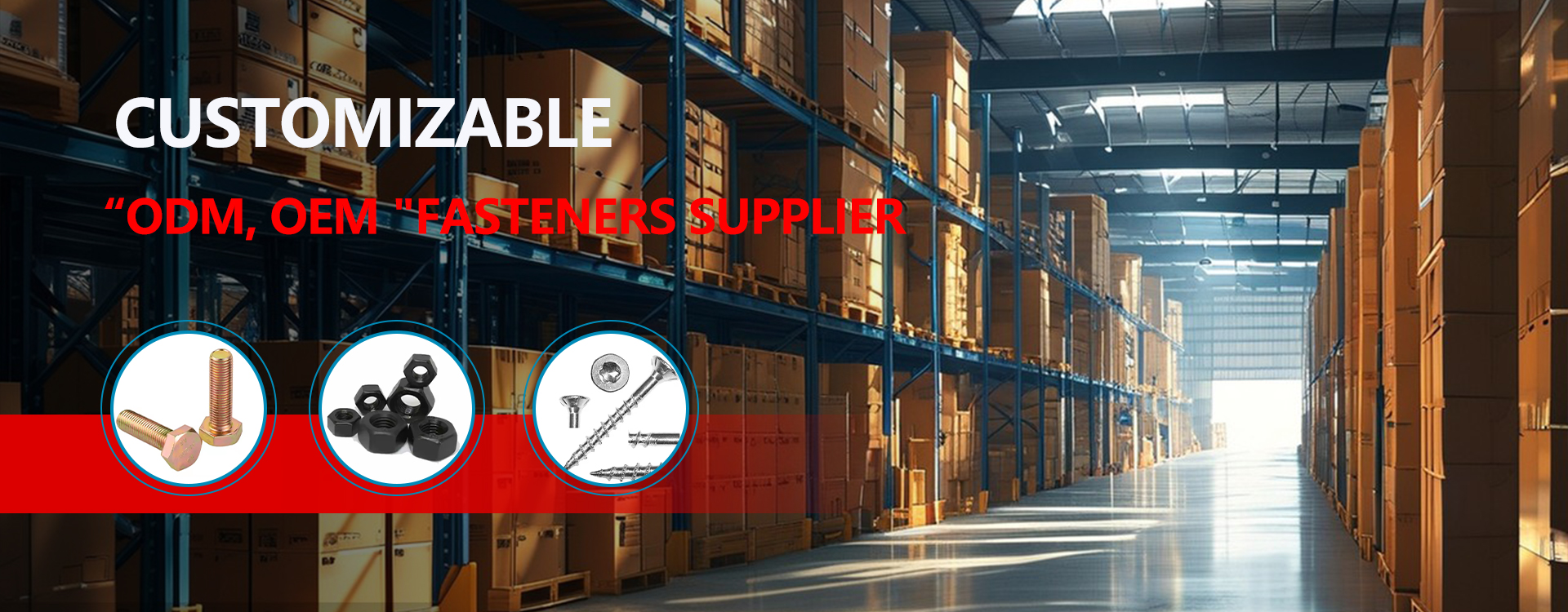
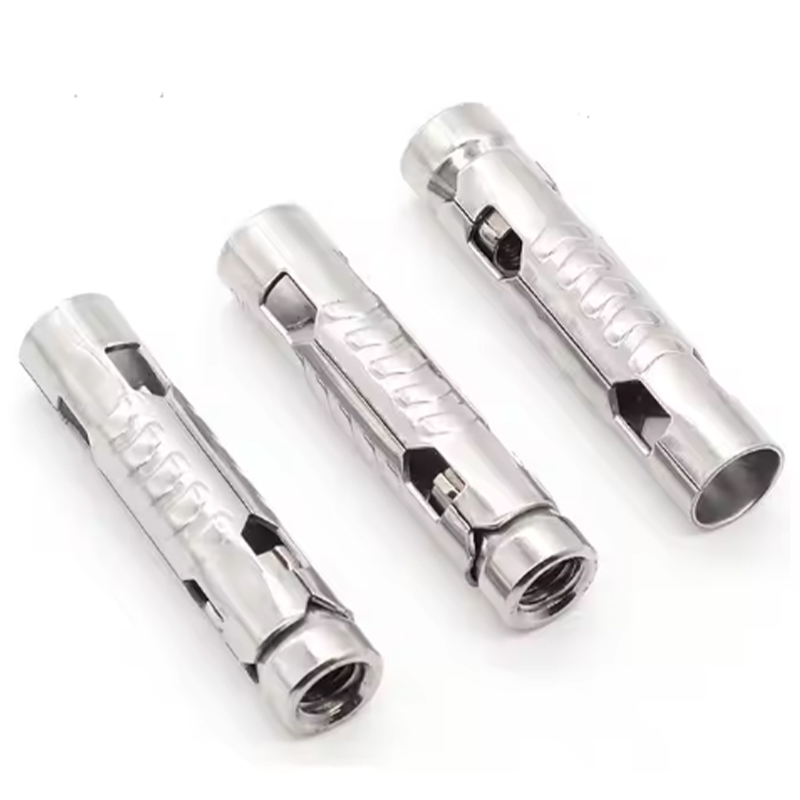


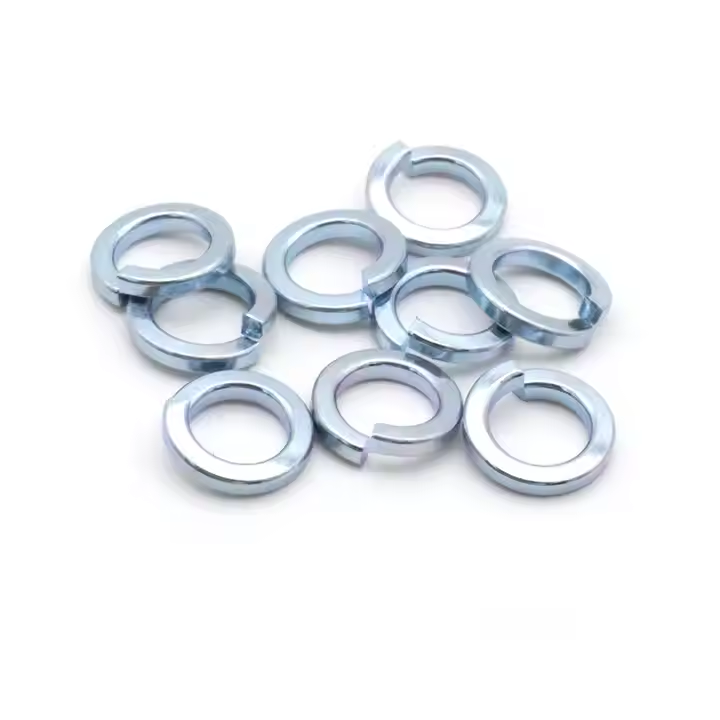
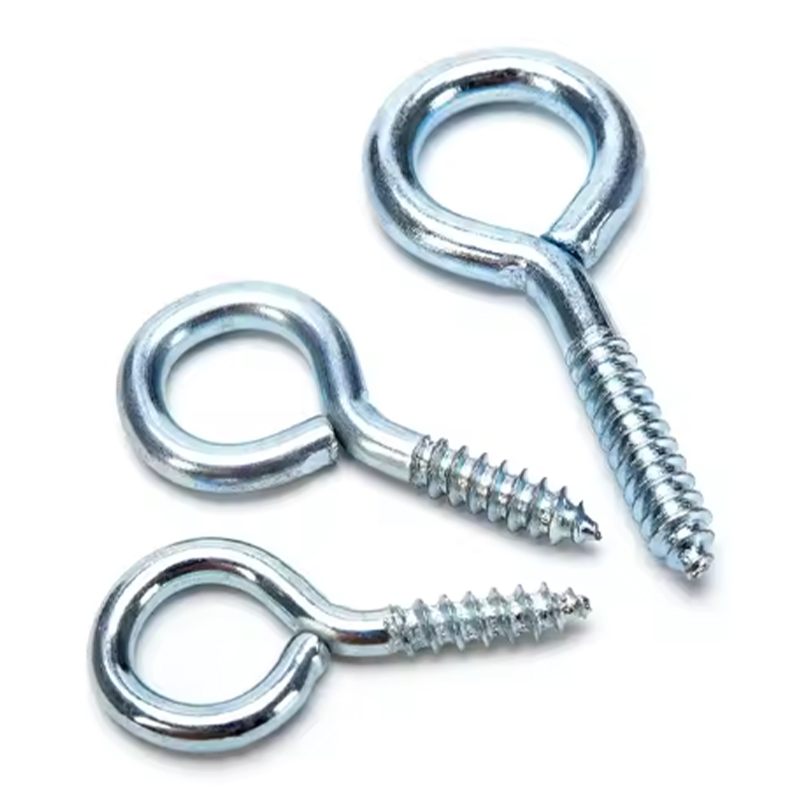
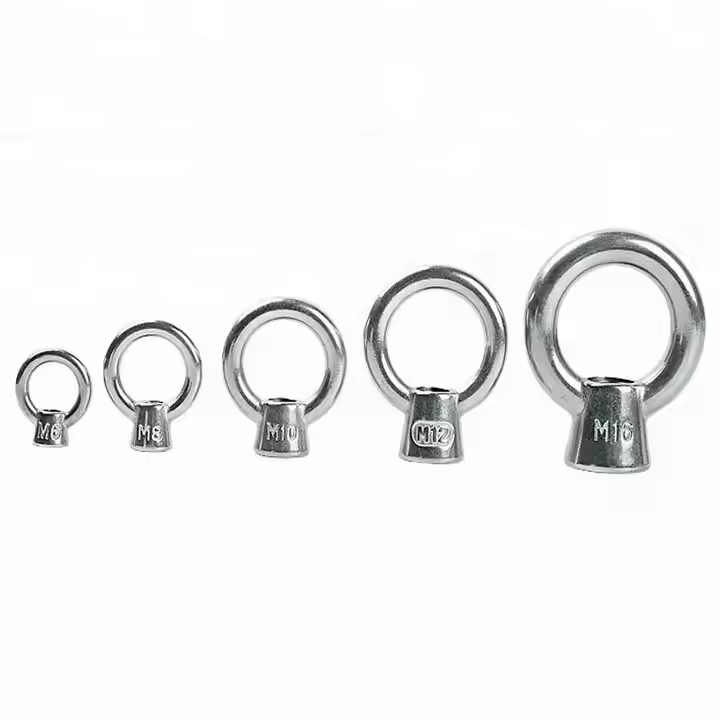
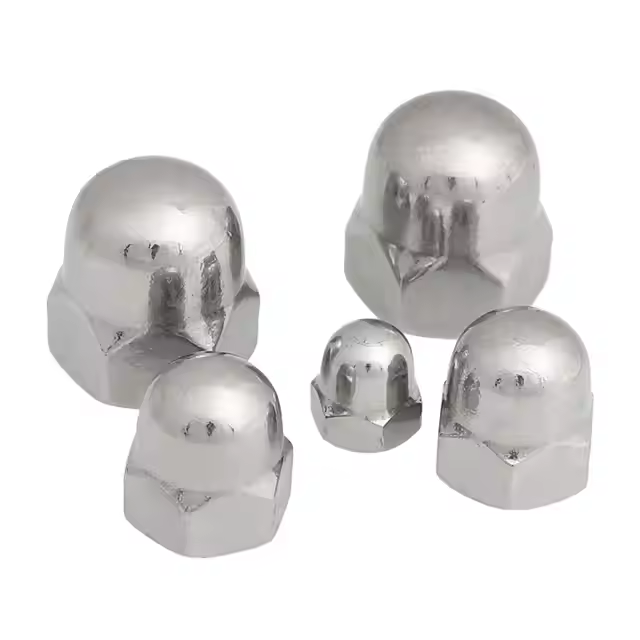
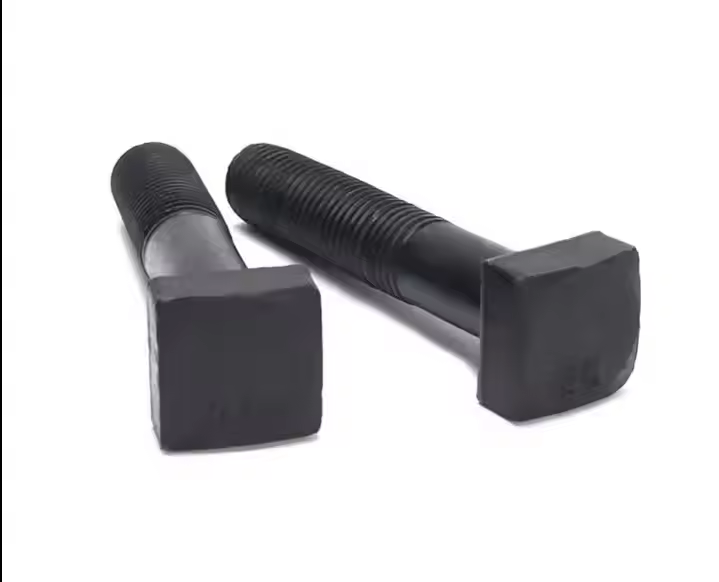



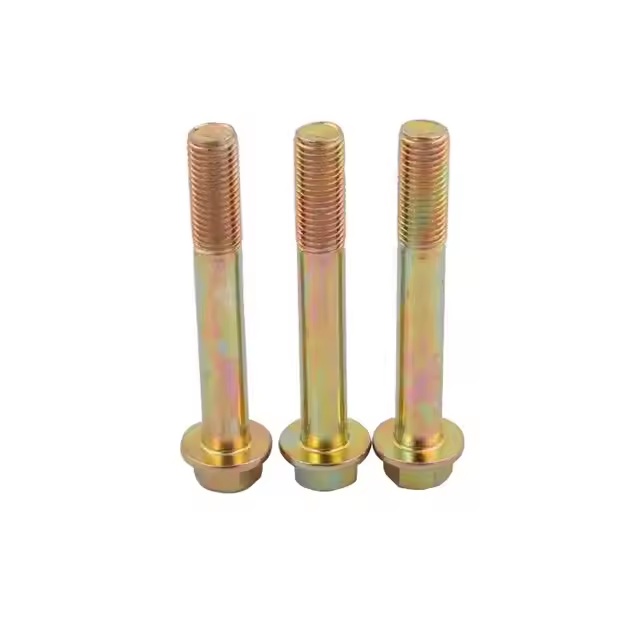
Please enter your email address and we will reply to your email.